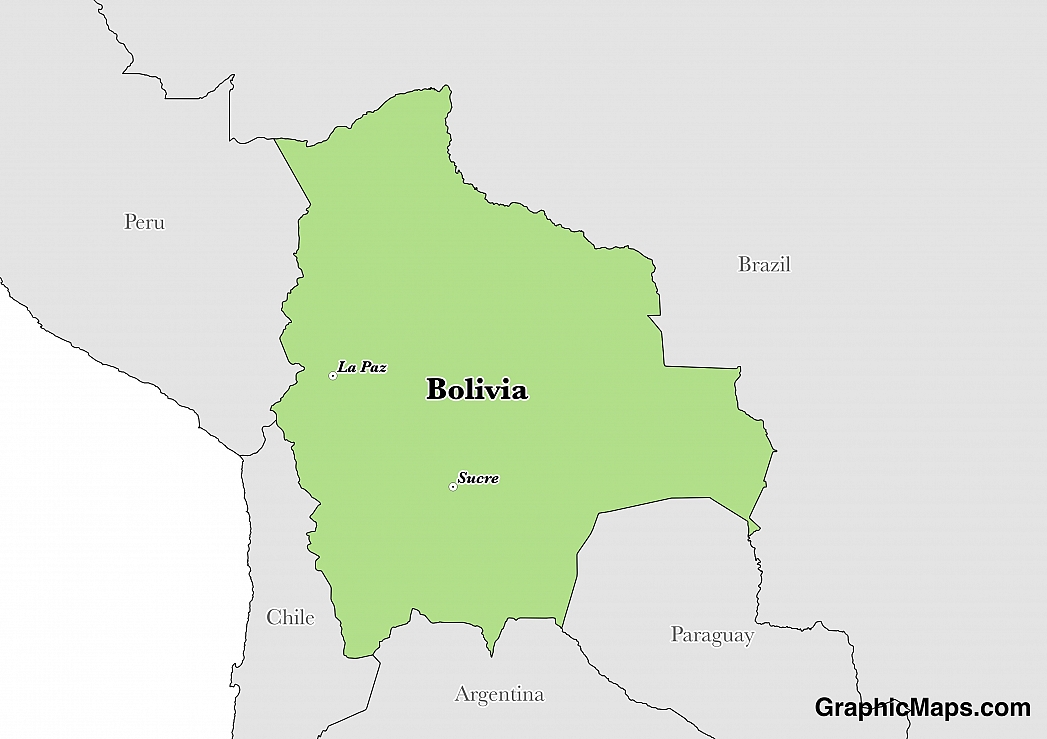The government of Bolivia works under a representative democratic republic, which means that citizens elect individuals to represent their interests in government. Bolivia governs its country through 3 branches of government: executive, legislative, and judicial. The Plurinational Legislative Assembly carries out legislative duties and is organized into two houses: the Chamber of Deputies, which is comprised of 130 seats, and the Chamber of Senators, which is comprised of 36 seats. The president of Bolivia serves as both the Head of State and the Head of Government. Judicial powers are carried out by a number of organizations, including the Judiciary Council, Constitutional Tribunal, and the Supreme Court.
Voting in Bolivia is mandatory for all citizens between 21 and 70 years of age. Individuals between 18 and 21 years of age are obligated to vote only if they are married. Presidential elections may take place twice if a candidate did not win with at least 50% (or 40% and 10% more than the runner-up) of the vote during the first round. The President and the Vice President run on the same ticket and are elected to serve a 5-year term. In 2016, the general public voted to maintain its 2-term limit for the presidency. Members of the bicameral Plurinational Legislative Assembly are elected at different times. The 130 representatives in the Chamber of Deputies are elected as follows: 63 seats from single member districts, 60 seats based on proportional representation, and 7 seats reserved as special constituencies for the indigenous communities. Each of the 9 departments in Bolivia elects 4 representatives to serve in the Chamber of Senators.
The legislative body of Bolivia, known as the Plurinational Legislative Assembly, meets in the legislative palace in the Plaza Murillo of La Paz. This building, sometimes referred to as the National Congress, sits beside the Presidential Palace and the Nuestra Señora cathedral. It was built before the 20th century and had several purposes prior to becoming the meeting place of the Plurinational Legislative Assembly in 1904. Among other things, it served as both a university and a Catholic convent.
Some of the active political parties in Bolivia include the Revolutionary Nationalist Movement, the Movement Toward Socialism, and the Civic Solidarity Union. Bolivia has a multiparty system where numerous political parties are active in the country.
This page was last modified on May 1st, 2018
More on Graphicmaps

Published on 2019-11-06
What is a Trade Embargo?

Published on 2019-11-04
Which Two Countries Used to Have the Same Flag?

Published on 2019-09-16
What Is the Only Two-Sided State Flag?

Published on 2019-09-16
Which Country Flag Looks Like the Texas Flag?

Published on 2019-08-29
Flags That Resemble the US Flag

Published on 2019-08-20
